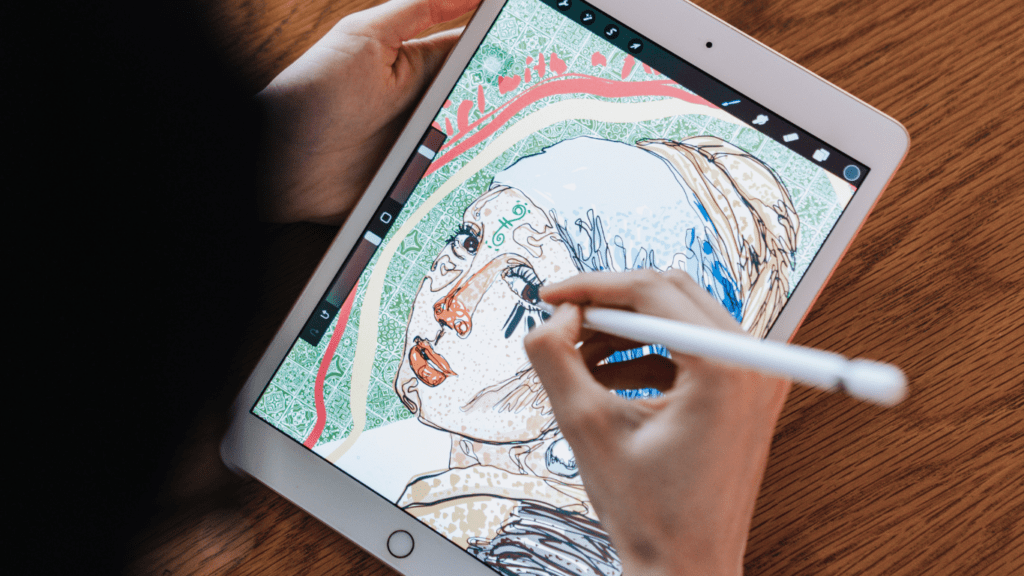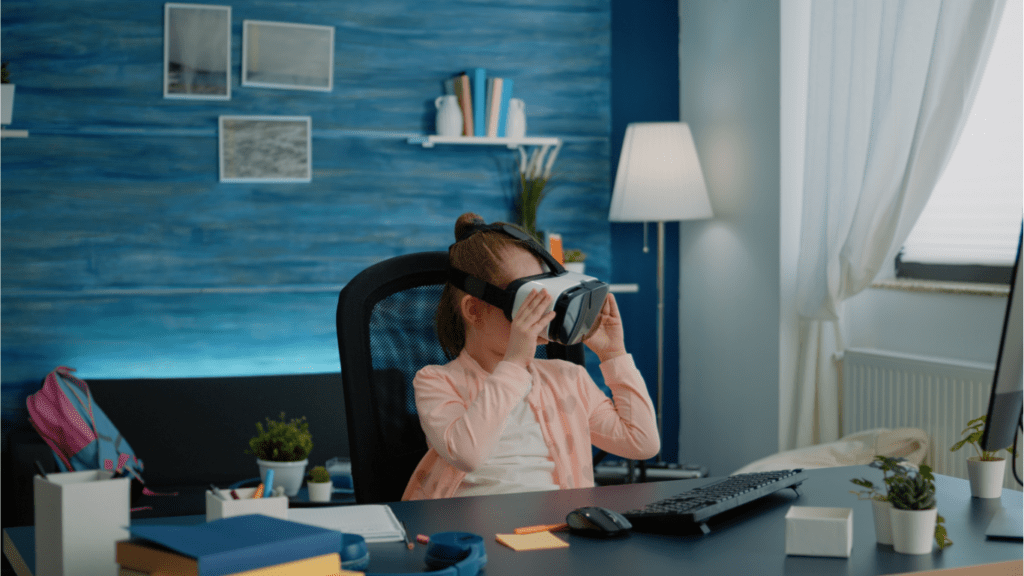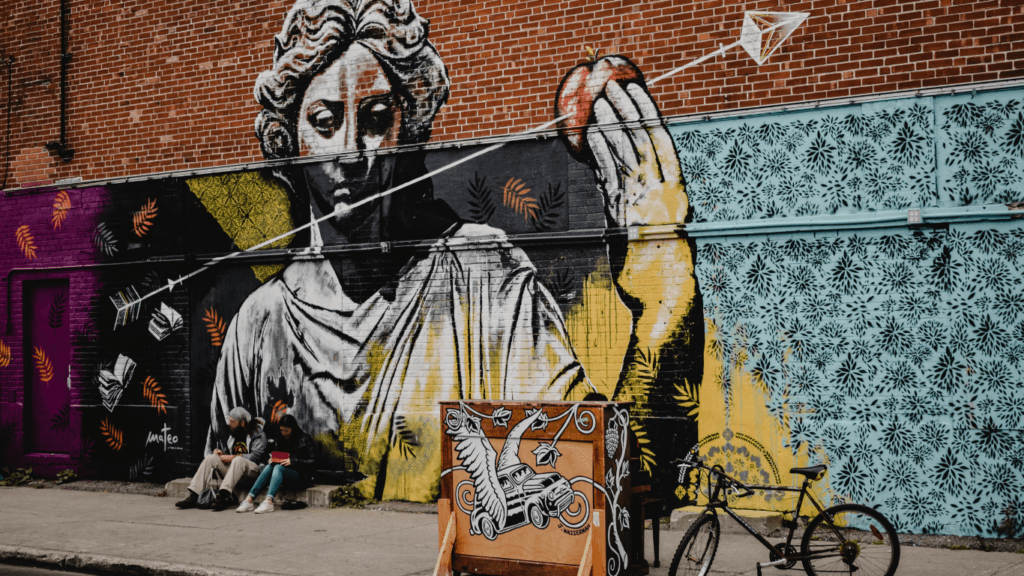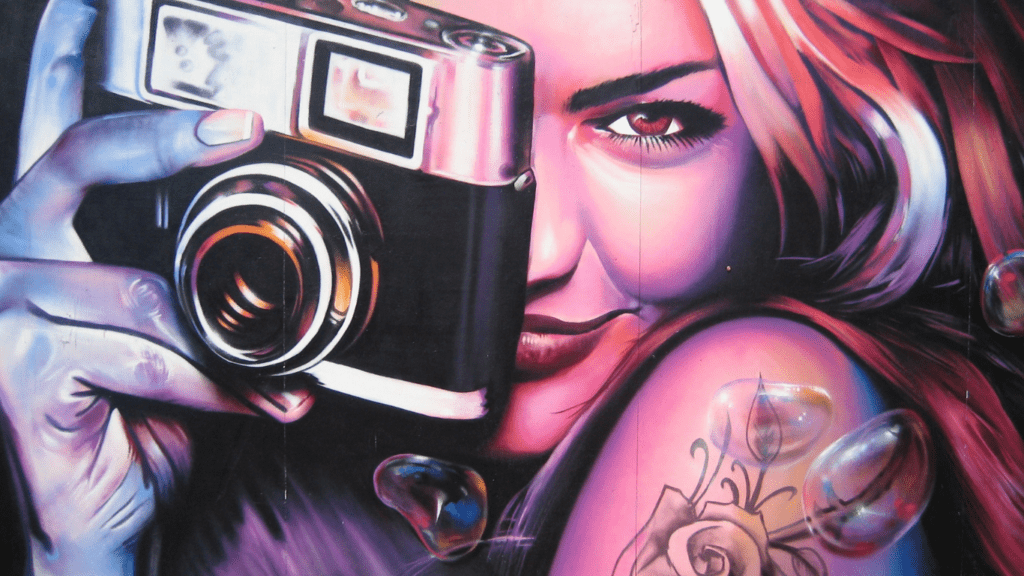The Rise of Digital Art
Digital art has rapidly become a dominant force in contemporary art. Around 60% of artists now use digital tools to create their work, according to a 2022 survey. This shift has introduced new techniques and styles that were previously unimaginable. Digital platforms allow precise editing, layering, and the incorporation of multimedia elements, drastically changing the creative process.
Artists utilize software like Adobe Photoshop and Procreate to create detailed, complex works. These programs offer capabilities such as infinite canvas, multiple layers, and vector paths that traditional mediums lack. For instance, artists can seamlessly integrate photographic elements with hand-drawn sketches, creating hybrid forms of art.
Online communities have also played a significant role in the growth of digital art. Platforms like:
- DeviantArt
- ArtStation
- Behance
allow artists to share their work with a global audience, receive immediate feedback, and collaborate on projects. This connectivity has contributed to the creation of diverse and dynamic artistic movements, where ideas evolve rapidly.
Emerging technologies like AI and VR are pushing digital art even further. AI algorithms can generate art based on specific parameters, opening new avenues for creativity and innovation. Meanwhile, VR allows artists to create immersive environments that viewers can explore, adding a new dimension to the art experience.
The rise of NFTs (non-fungible tokens) has further revolutionized the digital art landscape. NFTs provide a way for artists to monetize their digital creations uniquely and securely. Prominent auctions have seen digital artworks sell for millions, validating digital art as a legitimate and valuable medium.
The accessibility of digital tools has democratized art creation. Artists no longer need expensive materials or studio space, just a computer and creativity. This has lowered barriers to entry, allowing more people to express themselves artistically and contributing to the growth of digital art movements.
Emerging Artistic Movements
New technologies are birthing innovative artistic movements, redefining how we perceive and create art.
Virtual Reality Art

Virtual reality (VR) art immerses viewers in fully interactive three-dimensional environments. Artists use VR headsets and software like Tilt Brush to craft detailed virtual worlds. For instance, VR allows me to create expansive landscapes and interactive experiences that traditional media can’t achieve.
Augmented Reality Art
Augmented reality (AR) art integrates digital elements into the real world. Using devices like smartphones and tablets, artists layer digital images onto physical spaces. An example is viewing AR art through an app that projects a digital sculpture onto a physical location, blending realities seamlessly.
Interactive Installations
Interactive installations engage audiences by incorporating responsive elements. These installations utilize sensors and digital interfaces to react to viewer input. Examples include motion-activated light displays and sound sculptures, creating dynamic experiences that evolve with audience interactions.
Influential Platforms and Tools
Digital art’s evolution has been significantly boosted by various platforms and tools. These resources have provided artists with the means to explore new artistic expressions and expand their creativity.
Digital Illustration Software
Digital illustration software like Adobe Photoshop, Procreate, and Corel Painter has revolutionized the creative process. Adobe Photoshop offers extensive features like layering, blending modes, and customizable brushes, making it a favorite among professionals. Procreate, popular on iPads, provides an intuitive interface with features like QuickShape and Animation Assist, appealing to illustrators and animators. Corel Painter mimics traditional media, offering realistic brushes and textures for artists preferring a more organic feel. Access to such powerful tools has empowered artists to push the boundaries of their creativity, leading to the emergence of new digital art styles and techniques.
Online Art Communities
Online art communities such as DeviantArt, ArtStation, and Behance have become pivotal in the digital art landscape. DeviantArt, with its vast user base, offers a platform for artists to share their work, receive feedback, and engage in contests, fostering a collaborative environment. ArtStation caters to professional artists, providing portfolio showcases, job opportunities, and learning resources through ArtStation Learning. Behance, part of Adobe’s Creative Cloud, enables artists to present their projects to a global audience, with features like project organization and peer reviews. These platforms not only enhance visibility but also create avenues for artists to network and grow professionally, contributing significantly to new artistic movements.
Impact on Traditional Art Forms
Digital art influences traditional art forms by introducing new techniques and styles rooted in technology.
Blending of Mediums
Artists seamlessly merge digital and traditional methods. For instance, painters use digital sketches as references for physical canvases, while sculptors design their works digitally before crafting them in clay or metal. This fusion allows for precision and flexibility, enabling unique artistic expressions.
Changes in Artistic Techniques
Digital tools transform how artists approach their craft. Techniques like layering, possible through software like Adobe Photoshop, provide new ways to build compositions. Customizable brushes in Procreate mimic traditional brush strokes, bridging the gap between digital and physical mediums. These innovations not only expand creative possibilities but also help preserve traditional techniques through new digital adaptations.
Challenges and Criticisms
Despite its many advantages, digital art faces significant challenges and criticisms. Traditional artists often argue that digital art lacks the tangible, tactile nature of physical art. They claim the absence of physical interaction with the medium diminishes the artist’s connection to their work. Furthermore, the easily replicable nature of digital pieces raises concerns about originality and authenticity.
Critics also highlight the steep learning curve associated with digital tools. Mastering software like Adobe Photoshop or Procreate requires time and dedication, which can be daunting for beginners. These tools often come with a high cost, posing a financial barrier for emerging artists. Access to professional-grade equipment such as high-resolution tablets and powerful computers might not be feasible for everyone, further contributing to this disparity.
There’s also a noticeable skepticism regarding the legitimacy of digital art within traditional art institutions. Galleries and museums have been slow to embrace digital works as fine art. This hesitation stems from a longstanding preference for conventional mediums such as painting, sculpture, and drawing. Consequently, digital artists struggle to gain recognition in these traditional spaces.
Another critical point involves the environmental impact of digital art creation. The production and disposal of electronic devices necessary for generating and displaying digital art contribute to e-waste. Concerns about the energy consumption of data centers managing online platforms where digital art is showcased also add to the debate.
Despite these challenges, the evolving landscape of art continuously responds to and integrates new technologies. As more artists bridge the gap between digital and traditional methods, the criticisms and limitations of digital art might increasingly diminish. Continued dialogue and adaptation are crucial to fully realizing the potential of digital art in shaping new artistic movements.
Future Trends in Digital Art
Digital art continues evolving, creating new opportunities for artists.
- One significant trend is the rise of generative art. Artists use algorithms and AI to generate complex and unique visuals. For instance, platforms like Artbreeder allow users to blend and generate images using AI, pushing creative boundaries.
- VR and AR art are also gaining traction. These technologies enable immersive experiences, allowing users to interact with art in entirely new ways. I see artists using VR platforms, like Tilt Brush, to create three-dimensional art that viewers can explore from within.
- NFTs (Non-Fungible Tokens) have revolutionized digital ownership and monetization of art. By tokenizing their work, artists can sell unique pieces on blockchain platforms like Ethereum, ensuring provenance and authenticity. The NFT market has grown exponentially, creating new revenue streams for digital artists.
- 3D printing is another trend shaping digital art. Artists create digital models that can be transformed into physical objects. This fusion of digital and physical art forms broadens the scope of what artists can achieve and present to their audience.
- Social media platforms continue influencing digital art trends. Artists leverage platforms like Instagram and TikTok to showcase their work, engage with audiences, and gain global exposure. These platforms have democratized art distribution, making it easier for artists to reach potential collectors and enthusiasts.
- Collaborative online tools have also become increasingly popular. Platforms such as Miro and Google’s Jamboard allow artists to collaborate on projects remotely. This trend has led to more diverse and innovative artworks, thanks to the combination of different artistic perspectives.
- The trend towards sustainability is shaping the approach to digital art. Artists are becoming more conscious of the environmental impact of their work, exploring sustainable practices such as using energy-efficient tools and promoting digital over traditional mediums to reduce waste.
The convergence of AI, VR, AR, NFTs, 3D printing, social media, collaborative tools, and sustainability indicates a dynamic future for digital art. Consideration of these trends positions artists to innovate continually.





